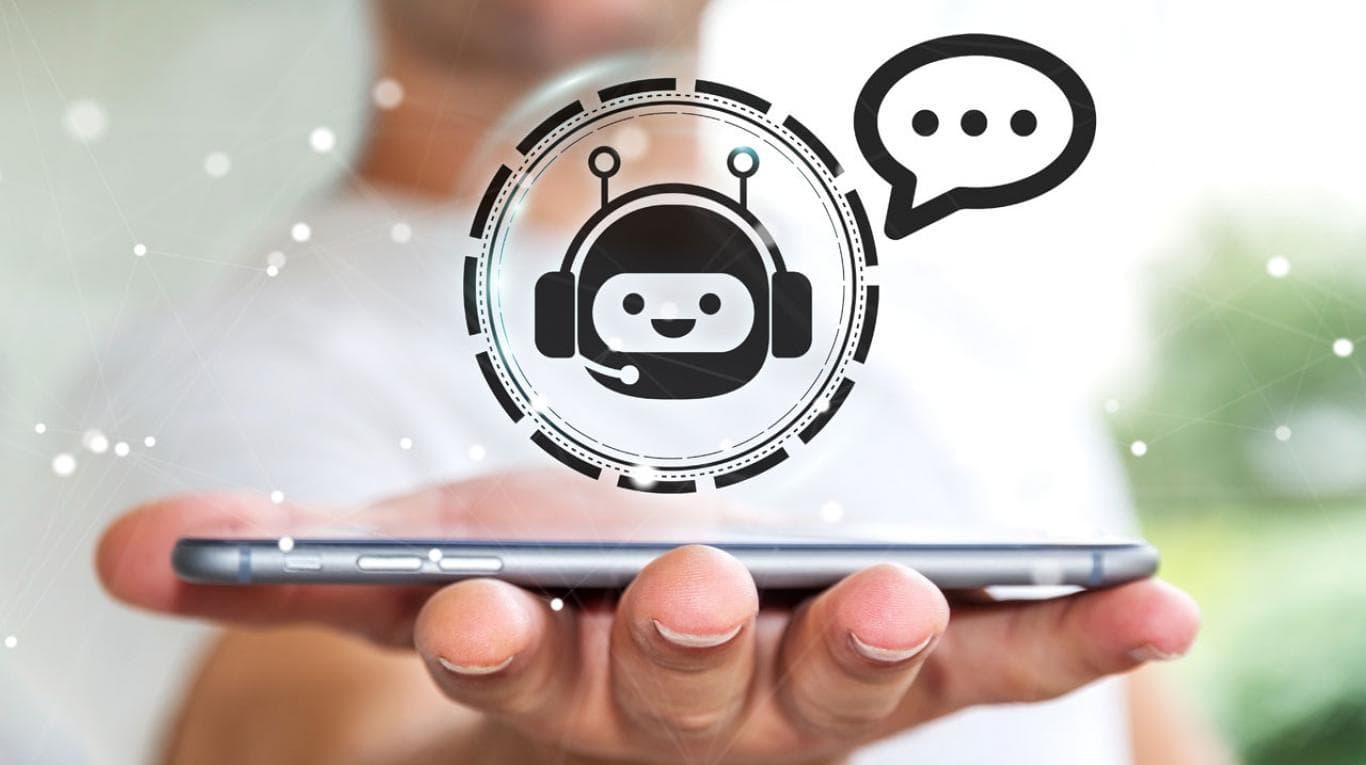Chatbots are one of many great promises in information technology. They were conceived as a new interface, designed to replace or complement applications or visits to a website by having users simply interact with a service through a chat.
Generally called "bots" these computer programs are able to process natural language, and offer answers to user questions.
These answers, however, do not always come in the form of text, but sometimes constitute concrete actions, such as showing a video when a user asks for it, show a photograph, make a purchase, schedule an appointment, and much more.
It is because of this that some sectors, but especially retail, customer service departments, and even banks are adopting this technology, allowing its users to use their systems as easily as they would if they were having a chat with a person to respond to any order or request.

Such is the progress that this technology is having, that companies like Facebook, have launched APIs that allow brands to adapt and use bots in their messenger to communicate with their customers. But there is another area where chatbots could have enormous potential, and that is education.
I has been known for decades that in the same classroom, each student has different learning needs and interests. Therefore, each one can use the help of a specialized tutor.
Unfortunately, this type of service is not available even in the most expensive universities in the world.
What is the most practical and cost-effective alternative to solve this problem?
Chatbots for education.
In most cases, chatbots can be used to give basic lectures. The objective is that chatbots can serve as virtual advisors, and that in the process they adapt to the abilities of the students. In other words, they adapt to their learning pace.
On the other hand, new proposals want chatbots to work as vertical tutors and that they take part in a dialogue with each student. Thus, they can meet them and know in which subjects they need help.
The most important function of the chatbots lies in their ability to identify the user's intention. From this identification, the chatbot extracts relevant data from the request. However, if you are unable to understand the user's request, you will not be able to give the correct answer.
Once the intention is identified, the chatbot must provide the most appropriate response to the user's request, which can be:
The main advantages of using chatbots for companies or in other fields are:
To start creating your own chatbot, register to use our platform and get started in less than a minute.
It is increasingly common for students at all levels to use some kind of messaging service to communicate with each other and, occasionally, with their teachers.
These are standard features in platforms such as Google Classrooms, and other class management systems, and allow an exchange that aims, fundamentally, to ask questions and obtain answers that help the learning process outside the classroom.
In the same way, more and more MOOCs and other online courses are incorporating access to forums and communication systems that allow consulting and discussing issues with teachers and other colleagues.
And according to different studies, the possibility of carrying out critical discussions about the content being studied allows them to build a better understanding, favoring the learning process.
Using chatbots, this process could be replicated on a large scale, generating channels where students could discuss any topic with an "expert", ask questions, and reach conclusions that would improve their understanding of different topics.
This is the opinion of Bill Gates, who recently gave an interview to the The Verge, in which he explained the advantages these systems could have at the time of personalizing education and get better results.
According to the founder of Microsoft, his technique for learning always consisted of looking for people who know more than him about certain topics and write them with questions about these issues, in order to find answers, or validate his points of view.
This way of incorporating knowledge, he explained, can be accessible to everyone, thanks to chatbots. And, in his opinion, they can become virtual experts in different topics, and become mentors and study partners of students of all levels, helping them understand and develop each topic at their own pace, asking what is necessary , and generating positive exchange spaces that allow students to share more knowledge.
These are some of the innovations that chatbots can provide in the field of virtual education:
It detects the emotional state of the students which, when identified by the chatbots, can modify the response with language adaptation or even incorporating a joke.
Provides personalized learning, adapting to the rhythm of the student, according to their needs and specific requirements. This provides a more direct orientation, when sending information or solving queries in relation to a course.
It allows the teacher to reduce time invested in organization and execution of tasks since chatbots provide immediate answers, previously predesigned, to frequent questions of the students.
This time saved can be invested in research or projects pending for the course, as well as in supervision and motivation of the group.
Store and analyze data effectively when reviewing the evaluation and progress of students. As a consequence of the use of Artificial Intelligence, it helps students organize their time and assign tasks according to their objectives in an effective and accessible way.
Improves access to education. The automatic learning tool is oriented to formation and interaction, does not consider the resources, the language or the location of the student. It can be considered something like a "democratization of learning".